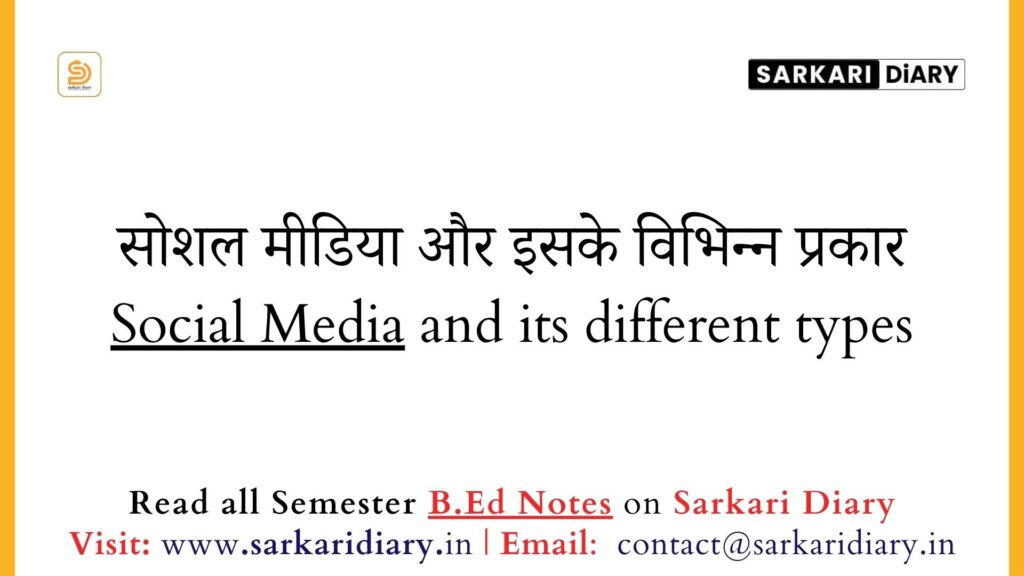
Key Principles for Social Media:
- Social media is about conversations, community, connecting with the audience and building relationships. It is not just a broadcast channel or a sales and marketing tool.
- Authenticity, honesty and open dialogue are key.
- Social media not only allows you to hear what people say about you but enables you to respond. Listen first, speak second.
- Be compelling, useful, relevant and engaging. Don’t be afraid to try new things, but think through your efforts before kicking them off.
Popular Social Media Tools and Platforms:
- Blogs: A platform for casual dialogue and discussions on a specific topic or opinion.
- Facebook: The world’s largest social network, with more than 1.55 billion monthly active users (as of the third quarter of 2015). Users create a personal profile, add other users as friends, and exchange messages, including status updates. Brands create pages and Facebook users can “like” brands’ pages.
- Twitter: A social networking/micro-blogging platform that allows groups and individuals to stay connected through the exchange of short status messages (140 character limit).
- YouTube/Vimeo: Video hosting and watching websites.
- Flickr: An image and video hosting website and online community. Photos can be shared on Facebook and Twitter and other social networking sites.
- Instagram: A free photo and video sharing app that allows users to apply digital filters, frames and special effects to their photos and then share them on a variety of social networking sites.
- LinkedIn: A place where groups of professionals with similar areas of interest can share information and participate in a conversations.
Different types of Social Media:
1. Social Networking Sites
These are sites mainly used for connecting with friends and family. They focus more on person-to-person conversations. Aside from personal conversations, these platforms encourage knowledge sharing. These platforms accommodate the different types of content formats from text to photos, videos, and other creative forms of content. They are considered the center of communication and a jack of all trades.
Users are able to create unique interesting content, share their thoughts, and create groups based on similar interests. These sites are user-centered and are built around the social needs of the users and everything that is important to them. Businesses and marketers can fully maximize these platforms because they provide an immense amount of data. Also, they are able to reach the right people through adverts with specific metrics and demographics. They also provide the opportunity to engage with users which helps people connect with your brand on a more personal level. Some of such platforms include Facebook, LinkedIn, and Twitter.
2. Image-based sites
Image-based types of content have gained more prominence in recent times. Content like infographics, illustrations, and images capture the attention of users more. Social media apps like Pinterest, Instagram, and Snapchat are designed to amplify the sharing of images. They say a picture is worth a thousand words, and using this can have lots of positive effects.
As a business, you can encourage your audience to generate unique content as a way of engaging with your brand. You can also use pictures to tell personal stories, inspire, and engage with your audience. Businesses can also use these platforms to boost sales through shoppable posts and images. Platforms like Instagram and Pinterest allow business accounts to post images that are linked to their shoppable items. Users are notified when they come across a post with a shopping link and can proceed to the merchant store to complete their transaction.
3. Video sharing/streaming platforms
Video content is one of the most captivating and engaging forms of content. Marketers and businesses have said that they have seen tremendous benefits in using videos. This form of content aids assimilation and understanding, hence why it is largely preferred by users. One major platform that reshaped how people interact with video content is YouTube. With over one billion active users monthly, the platform sometimes serves as a search engine for most users.
People often search for all kinds of things and find video content that answers their questions. As a business or brand, this kind of content can be used to engage with customers, promote a new product, answer questions, or shed light on features and packages. There are many ways businesses can benefit from such platforms. Aside from having a channel and putting out content, marketers can advertise on these platforms as well. Ads are placed in between videos and advertisements have said they have gotten higher click rates.
4. Discussion forums
Discussion forums are very essential because they allow users to ask questions and get answers from different people. These platforms are designed to spark conversations based on shared interests or out of curiosity. Some of such platforms include Quora and Reddit.
5. Blogs and community platforms
Blogs are a great way for businesses and marketers to reach and provide credible information to their target audience. Platforms like Tumblr and Medium allow users to create a community where people with similar interests can follow them and read all they have to say about certain topics.
There are many types of social media that serve different needs and social purposes.